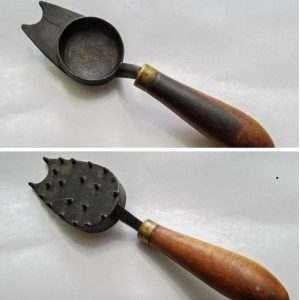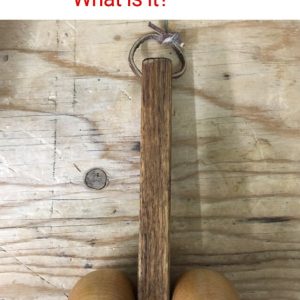There was a time when nearly every town had one—a small but mighty tool that shaped the soles of our lives. Yet today, most of us would walk right past it without a second glance. I’m talking about the cobbler’s anvil—once a vital tool in every shoemaker’s workshop, now almost completely forgotten.
If you’ve ever seen one, you might recall its sturdy, distinctive shape. But do you know what it was used for? Let’s take a nostalgic stroll through history and rediscover why this humble tool once played a crucial role in everyday life.
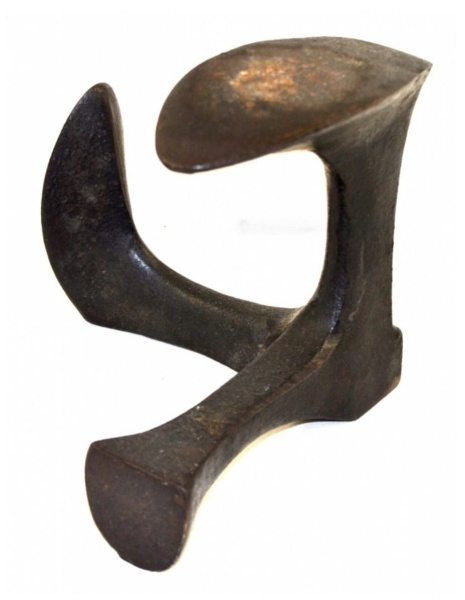
What Is a Cobbler’s Anvil?
A cobbler’s anvil is a small, heavy metal tool used in traditional shoemaking and repair. It provided a solid base for hammering nails into soles, stretching leather, and shaping shoes. Unlike a blacksmith’s anvil, which is large and flat, the cobbler’s version had a more curved shape to fit various shoe sizes and contours.
Typically made of cast iron or steel, cobbler’s anvils came in multiple sizes. Some had multiple heads to accommodate different shoe types, ranging from delicate children’s shoes to robust work boots.
Video: Cobblers Anvil Tool Restoration
Why Was It So Important?
Before mass production took over, every pair of shoes was handmade, and people took care of them as prized possessions. When shoes wore out, they didn’t get thrown away—they got repaired. The cobbler’s anvil was central to this process. It allowed cobblers to:
- Attach New Soles: When shoes became worn, cobblers would replace the soles, hammering them securely onto the shoe using the anvil’s sturdy surface.
- Reshape Leather: Over time, leather shoes could lose their form. Cobblers used the anvil to carefully hammer them back into shape.
- Stretch and Adjust Sizes: Sometimes shoes didn’t fit quite right. The anvil’s curved surface helped stretch leather to make shoes more comfortable.
- Maintain Durability: Instead of replacing shoes, a well-maintained pair could last for decades, thanks to the cobbler’s skilled use of the anvil.
The Rise and Fall of the Cobbler’s Anvil
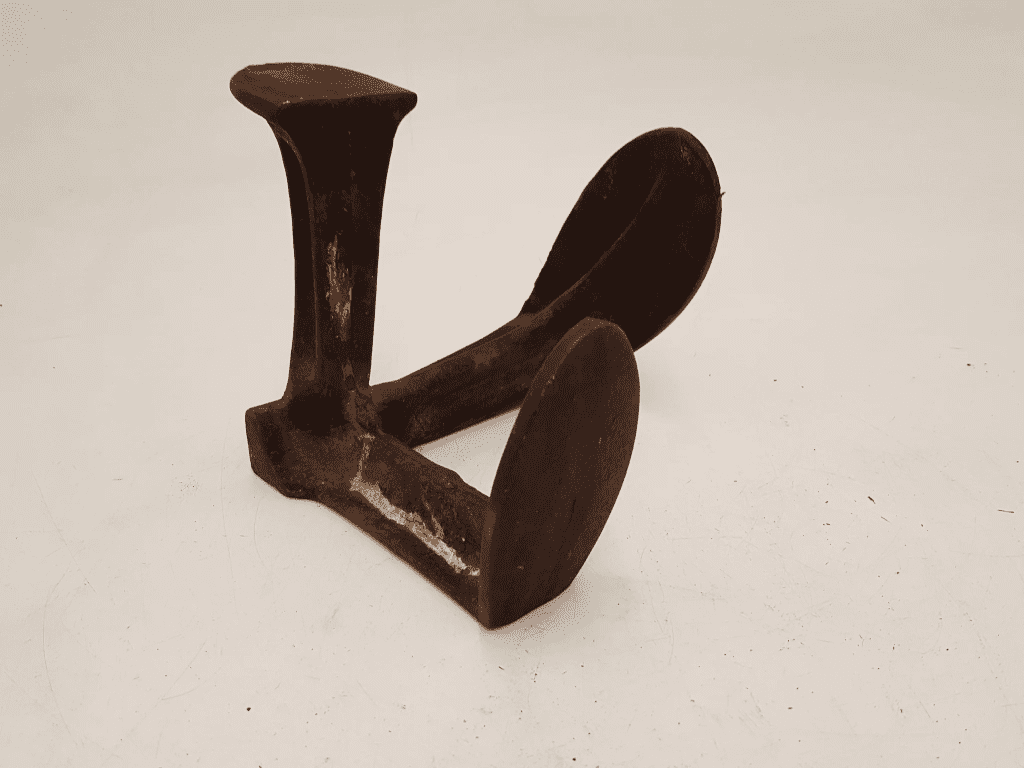
For centuries, cobblers were essential members of every community. Shoes were crafted to last, and cobblers ensured that even well-worn pairs could keep going. But then, the world changed.
The Industrial Revolution Changed Everything
The industrial age brought machines that could produce shoes faster and more cheaply than human hands ever could. Suddenly, handcrafted shoes became a luxury, and mass-produced footwear became the norm. Instead of waiting weeks for a custom pair, people could buy ready-made shoes almost instantly.
With this shift, the need for cobblers dwindled, and the cobbler’s anvil—once the heart of every shoemaking workshop—began to disappear.
The Rise of the Throwaway Culture
In the mid-20th century, society embraced a throwaway mindset. Shoes, once seen as long-lasting investments, became disposable fashion items. Fast fashion dominated, and the idea of repairing shoes rather than replacing them became almost obsolete.
Even if someone wanted to repair their shoes, the materials had changed. Synthetic fabrics and glued soles made traditional cobbling techniques less effective. As a result, the cobbler’s anvil, once a cherished tool, was left to gather dust.
A Glimpse Into the Past: Where Can You Still Find Cobbler’s Anvils?
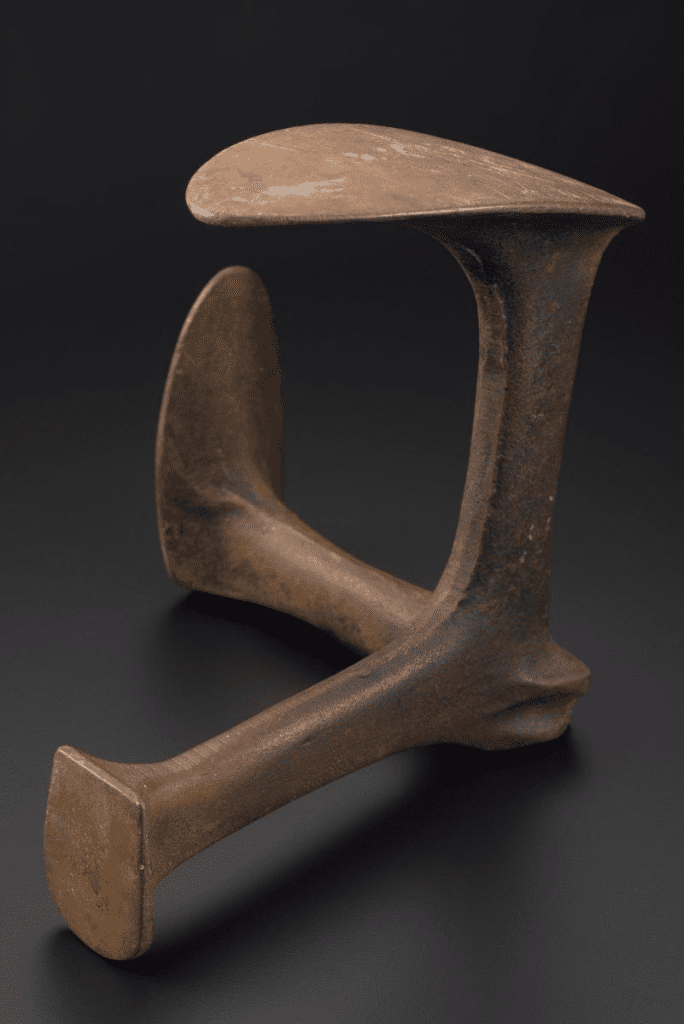
Though they are rare today, cobbler’s anvils have not vanished entirely. You might still come across one in:
- Antique Shops: Collectors and history enthusiasts often preserve them as relics of a bygone era.
- Old Shoe Repair Shops: A few traditional cobblers still use them, refusing to let go of their craft.
- Repurposed as Décor: Believe it or not, some people use them as rustic doorstops or conversation pieces.
If you happen to find one, hold onto it—it’s not just a chunk of metal but a piece of cultural heritage.
Why Did We Abandon Repairing Shoes?
As society moved toward convenience and affordability, the craft of shoe repair became less practical. With modern shoes often glued rather than stitched, even the most skilled cobbler would struggle to restore them. The cobbler’s anvil simply couldn’t handle the new materials and designs.
Yet, as sustainability becomes more important, there’s a growing movement to repair rather than replace. Maybe the cobbler’s anvil could make a comeback, symbolizing a shift from fast fashion to thoughtful consumption.
Could Shoe Repair Make a Comeback?
Video: Cobblers Last (Anvil)
With the rise of environmental awareness, people are reconsidering their habits. Instead of discarding worn items, more folks are opting to fix and preserve. It’s not just about saving money—it’s about reducing waste and valuing craftsmanship.
Imagine a world where shoes are once again built to last, where cobblers are part of the community, and where the cobbler’s anvil is back in action. It sounds far-fetched, but trends often come full circle.
Final Thoughts: A Symbol of Craftsmanship Lost to Time
The cobbler’s anvil is more than just a tool—it’s a symbol of a bygone era when people valued quality over quantity and repaired rather than replaced. Today, it reminds us of a time when shoes were built to endure and cobblers were essential artisans.
Maybe you’ve seen one at an antique shop, or maybe your grandfather had one in his workshop. If you’re lucky enough to come across a cobbler’s anvil, take a moment to appreciate its history. It’s a humble reminder of how craftsmanship once shaped our daily lives—one shoe at a time.
Perhaps, one day, we’ll see a resurgence of the cobbler’s craft. Until then, the cobbler’s anvil remains a nostalgic relic, a sturdy piece of metal whispering tales of the past.

